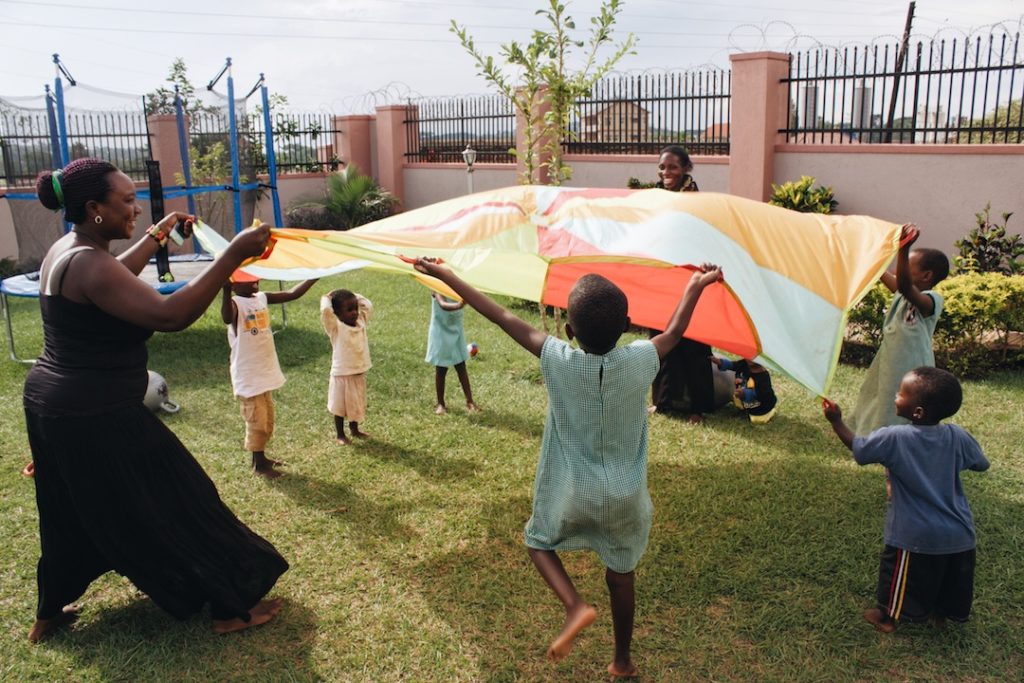Visual storytelling is one of the best ways to get a message across in our world today. In fact, research shows 91% of audiences have an overall preference of receiving information visually or interactively.
Just look at Twitter for example. A tweet with an image will get around 150% more retweets than one without.
NGOs, charities and other agents of change have a number of channels through which they can appeal visually to a prospective donor through stories–and some methods are more fruitful than others. For instance, studies into online donor activity reveal that video is currently the hot ticket to accessing hearts and minds: with a 64% higher response rate to ‘Calls To Action’ after watching, as opposed to other means of communication.
In our minds, images are generally the easiest sensory input to recall, easiest to link to a bit of information, and most effective in inciting more distinct emotions. Remember Alan Kurdî, the Syrian boy who washed up on the Turkish coast seeking refuge? His image made global headlines and changed the weary conversation on the European Migrant Crisis to a bubbling, heated call for a stronger response from the global north. In this way, visuals can elicit emotional responses in ways that words sometimes fail to do. The question is, what kind of emotional response do we need our stories to elicit so that they lead to positive change?
The draw of negative storytelling
The ability to tell your story has become the mark of a good brand, campaign or movement. With the endless scroll-ability of content and material, we crave being informed and up-to-date. But the bottomless availability of ‘refresh’ment means we cannot have it all. And we are hardwired to look for danger. So dismal headlines, and images of atrocities like Kurdî, usually come out cream of the clickable crop.
There is an innate desire within us to turn to our neighbour and declare ‘did you hear about X?!’ Disaster enthralls, terror excites, and gives us further room to connect and converse. This affects how purpose-driven organisations talk about themselves. Spreading images of starving children, crying adults, dying rhinos, blood, guns and oil have been the necessary ways cause organisations have shown the world its plight, and asked for change.
The problem with focusing on the negative
We are starting to learn though, that negative storytelling does not work so well in the long term. Too much, or for too long, our emotional sponge becomes saturated with other people’s suffering. In many cases, it is too easy to avert eyes and ignore the poster, message or advert.
We are compelled to know, but then quickly forget, to move on to the next – generating short-term trending cycles without closure. They become tireless onslaughts of negative content, lacking conclusion.
Many of us are left feeling powerless to the moving world around us.
In this way, it can have a negative impact on our collective well-being.Three minutes of negative content in the morning gives you a 27% higher likelihood of having a bad day. Some well-being practitioners and happiness-guides now suggest avoiding the news in the morning, or completely, and being ‘mindful’ to only consume nutritious content, so as not to disrupt your mood.
It seems so demoralizing that the answer to mental stability is to close eyes and ears to the world around us. Especially for those trying to improve things.
As a result, ‘pity marketing’ to the extreme has begun to earn itself a bad name. In surveys, many people respond that they do not like seeing it, particularly for issues that are on-going. If they already know about it, it can be very difficult to elicit that same emotional response and induce a reaction. Statistically, donors encouraged by guilt are less likely to re-engage, and would rather pay their dues and switch off.
A case for positive visual storytelling
When we look at the habits of younger generations, articles based in politics or scientific discovery and advancement, surprisingly, are the most interacted with across the categories. Some cause organisations are now responding to this demand, and focusing on communicating how things are achieved, or how they are working towards solutions.
This is what positive stories should be: balanced arguments to approaching the world’s problems, explanations to the situation, suggestions and answers. They should direct the focus on proof of impact and evidence of work. Positive visual storytelling doesn’t need to be starry-eyed with success or blind to distress–but mind-opening, affiliable and encouraging.
Equally as we catch the contagion of sadness and anguish when seeing sad images of people, all-important happy-hormones are easily realised when looking at a picture of another happy person. And research shows us that people want to share with their friends and followers the awe, buzz, and warmth they felt when seeing something.
The approach is likely to last too, as solutions and organisations continue to do their work. In contrast to the quick fix of a shock disaster title, we know that people generally spend longer on positive stories. Brain scan research suggests that people also remember positive stories for longer after viewing, with the desire to share stories they think their peers will respond to.
Storytelling with optimism – survey results show readers who consumed solutions-based or constructive material felt 12% more motivated and 10% more connected to their community. Because of this, positive stories are the ones most likely to spread outside of normal news feed bubbles.
Herein lies the potential to mobilize activists and promoters from the billions of people that get online everyday. Positivity itself feeds physical and practical action, and this action actually continues to feed a personal positive outlook in an individual. This creates, for them, a powerful loop of positive action and, for the world, a powerful loop of positive change.
 Laura Mahler tells visual stories for and about non profits, NGOs, charities – really anyone doing something to make the world a bit better! You can see her work on Instagram @gaiavisual and @filmthechange or visit Gaia Visual website.
Laura Mahler tells visual stories for and about non profits, NGOs, charities – really anyone doing something to make the world a bit better! You can see her work on Instagram @gaiavisual and @filmthechange or visit Gaia Visual website.



